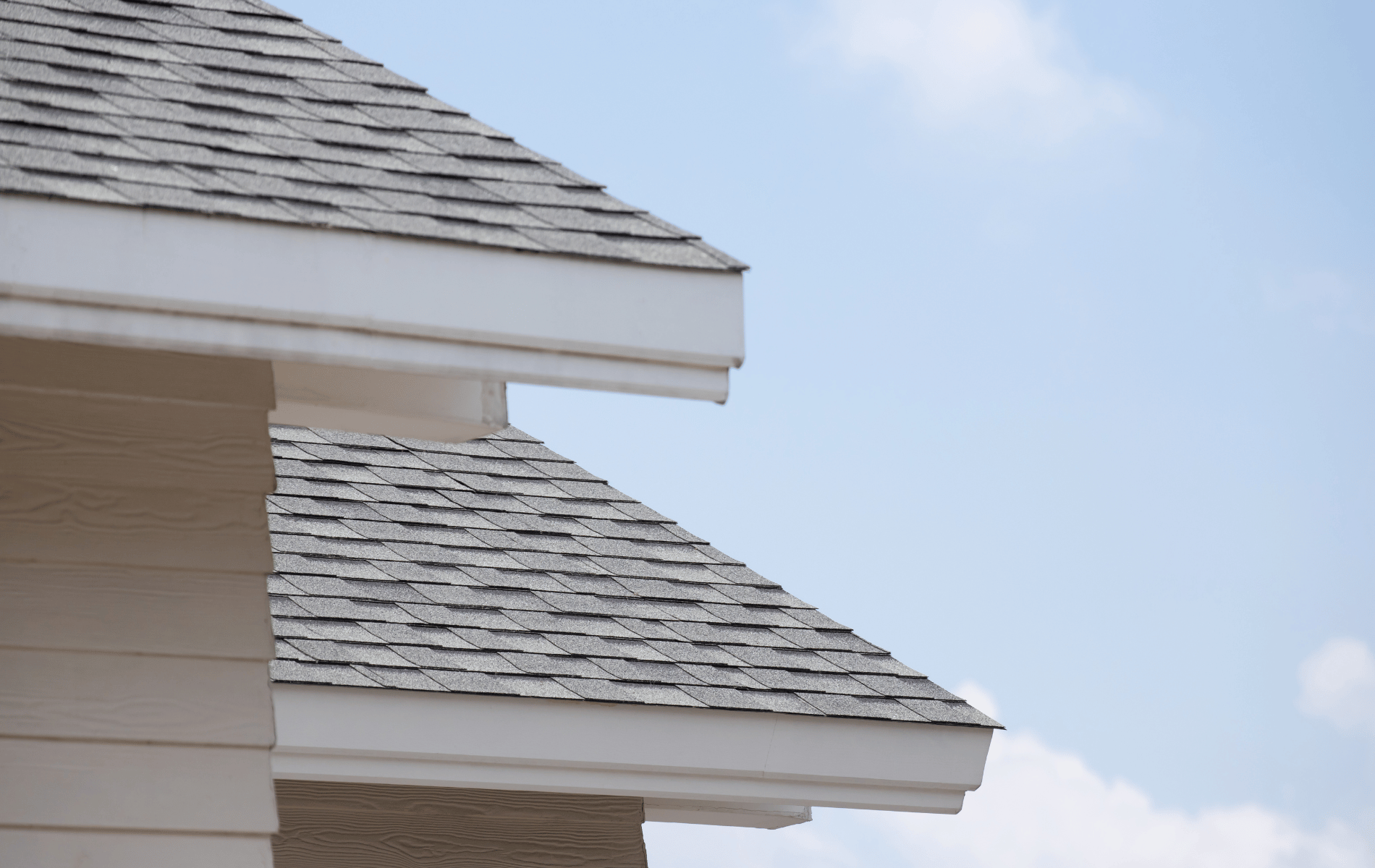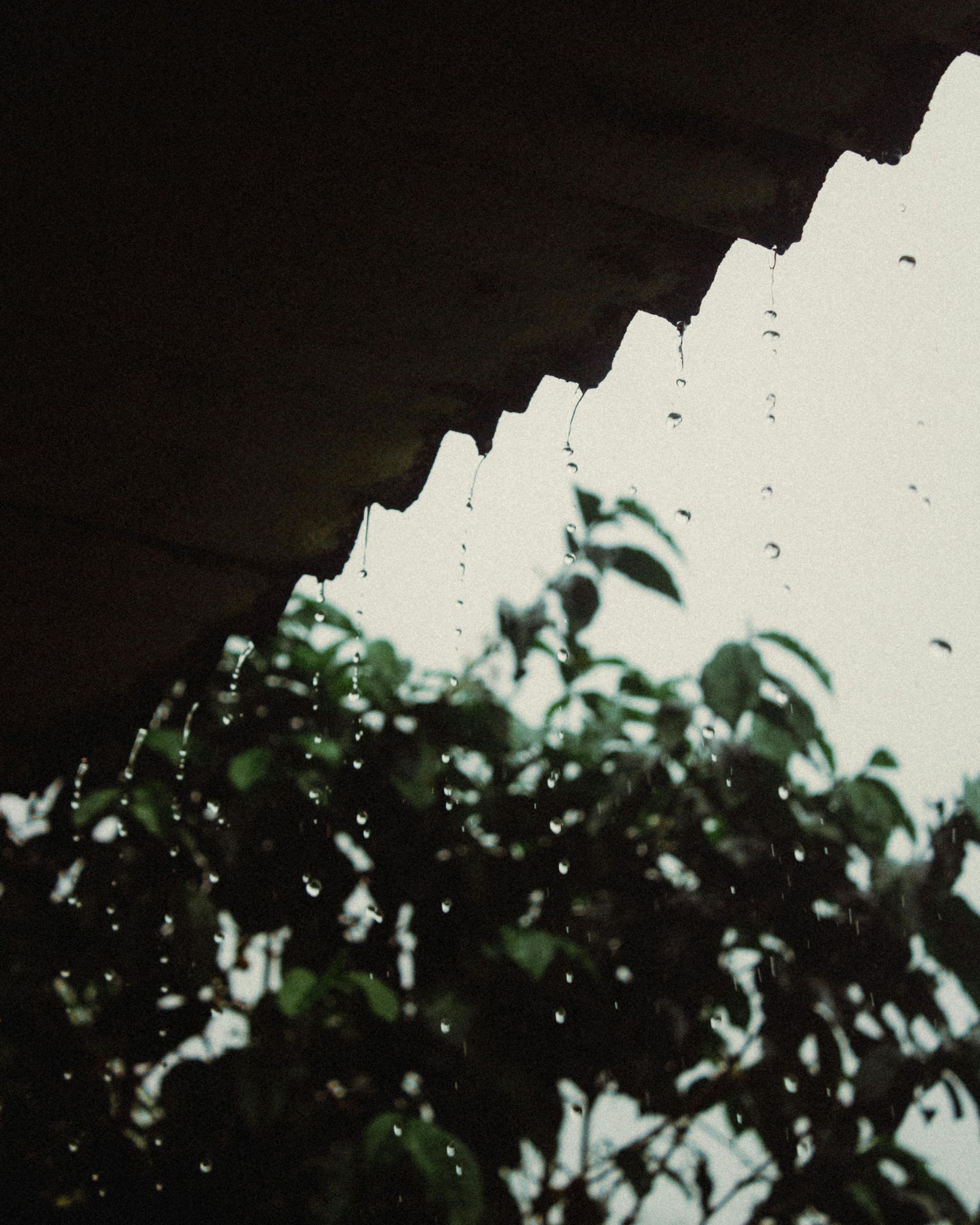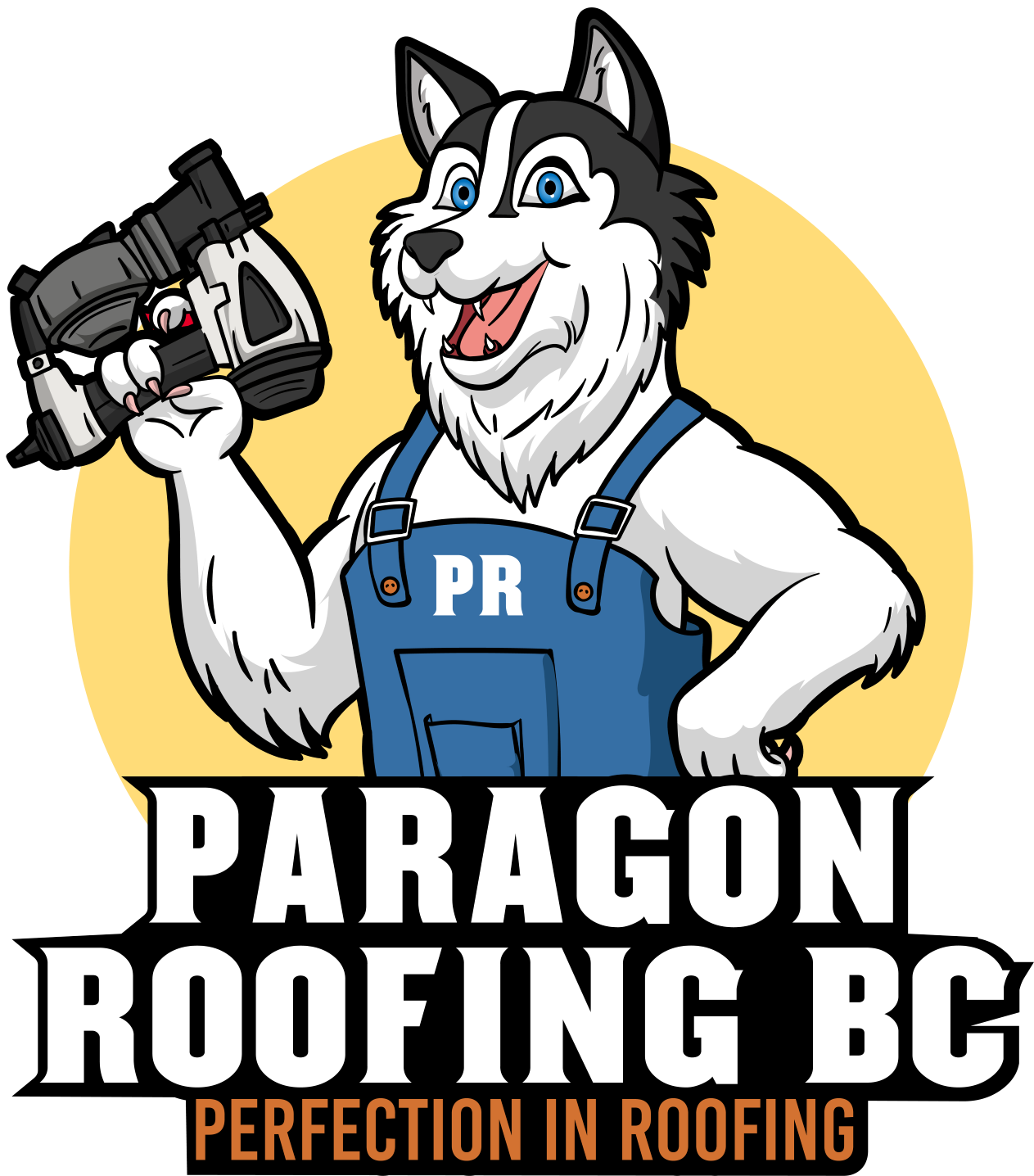Should I repair or replace my roof in Vancouver’s rainy climate?
In Vancouver’s rainy climate, I recommend replacement when leaks are systemic, the deck or ventilation is compromised, or the roof is near end-of-life; targeted repairs make sense for isolated damage, tight budgets, or younger roofs that still meet modern detailing and manufacturer standards. ( roof repair Vancouver )
- Verify age, leaks, and deck condition.
- Inspect ventilation and moisture pathways.
- Compare repair scope to roof lifespan.
- Check code, warranty, and insurance impacts.
- Price both paths—apples to apples.
| Factor | Repair or Replace? | Why it matters |
|---|---|---|
| Age & material | Replace if near end-of-life | Older roofs fail in clusters |
| Leak pattern | Repair for isolated points | Systemic leaks signal assembly issues |
| Deck condition | Replace if soft/rotted | Structure beats surface fixes |
| Ventilation | Replace if unfixable by tweaks | Dry decks outlast wet ones |
| Flashing/penetrations | Repair if accessible | Complex failures merit reset |
| Budget & timing | Repair for breathing room | Replacement stabilizes costs long-term |
Vancouver’s rules of the game: water, wind, and time-of-wetness
We don’t just get rain. We get wind-driven rain and long damp periods that extend the “time-of-wetness” on surfaces and in cavities. That accelerates wear at flashings, valleys, and edges—exactly where sloppy detailing leaks first. Climate normals for YVR back the moisture reality; design and decisions should reflect it. ( [Climate Data Canada][1] )
Before I recommend repair or replacement, I run this disciplined process.
1. Establish age and remaining life
Asphalt shingles commonly live 15–30 years depending on class, exposure, and ventilation; metal systems often last several decades with the right finish and detailing. If your roof is in the last third of its expected life, a “repair now, replace soon” pattern can burn money. (Use ranges as guides, not guarantees: climate, shade, and slope move the needle.) For repair-vs-replace thinking, I care less about a calendar number and more about condition clusters: curling tabs, granule loss in gutters, brittle seal strips, exposed mat, or widespread fastener back-out. ( [Better Homes & Gardens][2] )
2. Map the leak pattern (one point or many?)
Isolated leaks at a single pipe boot or a mis-cut valley under moss? Repairs can be excellent—and durable—when the rest of the assembly is sound. But multiple leak sources spread across planes usually mean system errors: underlayment coverage, flashing geometry, or ventilation trapped moisture. System errors argue for replacement, not whack-a-mole.
3. Probe the deck (non-negotiable)
I check for soft sheathing at eaves, valleys, and penetrations. If the deck is spongy or visibly rotted, the conversation shifts. You don’t repair a finish over structural weakness. Vancouver’s Building By-law requires roofing to be installed to manufacturer instructions and to shed water reliably; that presumes a competent substrate. We meet the letter and spirit of the code or we don’t proceed. ( [BC Publications][3] )
4. Ventilation and moisture management
Balanced intake (soffit) and exhaust (ridge) are the quiet guardians of roof life. If your attic ventilation can’t be corrected with targeted baffles and net free area upgrades, replacement gives us a clean slate: continuous intake, continuous ridge, and a dry deck. (The old “1/150” rule of thumb for ventilated attics remains a useful baseline; we still do the math.)
5. Flashings, penetrations, and edges
Chimneys, skylights, wall upstands, and rake/eave terminations create most failures I see. If these are mis-detailed, rusted, or undersized, and the roof is mature, a comprehensive reset is often cheaper than serial repairs. In metal, we align with the RCABC Architectural Sheet Metal Standard for flashings, closures, and perimeters because disciplined details survive our rain. ( [rpm.rcabc.org][4] )
6. Wind resilience at edges and corners
Vancouver’s gusts load eaves, rakes, and ridges disproportionately. Replacement lets us apply tested edge/corner fastening schedules and upgraded underlayment at perimeters. That’s hard to retrofit piecemeal. IBHS/FORTIFIED guidance is blunt on zone-specific attachment—edge discipline prevents blow-offs and the cascade of damage that follows. ( [FORTIFIED - A Program of IBHS][5] )
7. Codes, permits, and paperwork
Non-structural re-roofing in the City of Vancouver generally doesn’t require a building permit; replacements that involve structure, additions, or broader envelope changes are different. Repairs rarely trigger permits, but they must still follow manufacturer instructions and the by-law. We confirm scope with the Authority Having Jurisdiction so you don’t get a surprise stop-work. ( [City of Vancouver][6] , [BC Publications][3] )
8. Warranty and insurance hygiene
Manufacturers stand behind assemblies installed to their written instructions. Replacement resets your warranty clock; repairs preserve what’s left—if compatible materials and methods are used. Insurers care about maintenance and condition; chronic leaks left unattended complicate claims. Document everything: photos, materials, and locations.
How I decide, practically (a fast rubric)
Replace when three or more of these are true:
- Roof is in its final third of expected life.
- Multiple leak sources across planes or edges.
- Soft/rotted sheathing at eaves or valleys.
- Ventilation cannot be corrected without major work.
- Flashings are broadly failing or non-standard.
- You want to upgrade material class (e.g., asphalt → metal) for lifespan.
Repair when two or more of these are true (and the deck is sound):
- Single leak point with clean access (boot, small flashing).
- Roof is under mid-life with otherwise solid shingles/metal.
- Ventilation can be corrected with baffles and added intake/exhaust.
- Budget timing matters and a repair buys honest years, not months.
Common Vancouver scenarios (and my answer)
“Leak at chimney after an atmospheric river.”
Check saddle/cricket height, step/counter-flash, back-pan, and ice-and-water coverage. If the roof is young and details are fixable, repair. If flashing geometry is fundamentally wrong on a mature roof, replace—one good storm will repeat the lesson.
“Granules everywhere, moss, and curling tabs.”
That’s end-of-life asphalt plus moisture stress. Replacement. Add continuous intake and ridge, clean eave metal, and correct valley details. Expect quieter ceilings and fewer winter odours after ventilation is fixed.
“Metal roof with edge staining and occasional drips.”
Inspect hems and closures; many “leaks” are drip metronomes from mis-hemmed ends and undersized gutters. If the system is otherwise healthy, targeted metalwork repairs plus gutter upgrades solve it. If panel geometry or attachment is wrong everywhere, it’s a replacement conversation.
“How about a recover?”
Overlaying new roofing over old can work under narrow conditions, but repairs or full replacements are cleaner in our climate. Recovers can trap moisture if the existing assembly is wet and complicate flashings at edges. If we consider it at all, we follow written standards and confirm code alignment. (RCABC/IBHS vocabulary: recover vs. replacement is formal, not slang.) ( [IBHS][7]
, [rpm.rcabc.org][8]
)
Money talk—where repairs pencil, where they don’t
A single well-executed repair can buy years when the rest of the roof is sound. But stringing repairs across a roof in the red zone ties money to a failing assembly. Replacement re-bases risk: new membranes, new flashings, correct ventilation, and edges designed to resist Vancouver’s wind-driven rain. In lifecycle math, that usually wins. See roof replacement cost Vancouver for detailed pricing context.
What replacement unlocks that repair can’t (in rainy Vancouver)
- High-temp, self-adhered membranes in valleys/eaves for “atmospheric river” events.
- Continuous soffit intake + ridge exhaust for dry decks all year.
- Edge/corner attachment schedules tuned to uplift zones.
- Flashings with hemmed drips that don’t stain or whistle.
- A finish/warranty combination you can actually register and trust.
Maintenance that extends either path
- Seasonal rinse where pollen or salt settles; no pressure washing.
- Keep gutters and valleys clear before storm season.
- Annual inspection: flashings, closures, sealants, accessories.
- Trim overhangs that drip in one spot—localized wetting ages roofs unevenly. RCABC keeps a maintenance chapter for a reason: small habits extend service life, especially here. ( [rpm.rcabc.org][9] )
People Also Ask — straight, snippet-ready answers
When should I replace instead of repair in Vancouver’s rain?
Replace when leaks are widespread, the deck is soft, or ventilation can’t be corrected with minor work. Vancouver’s long damp seasons punish weak assemblies; a full reset restores membranes, flashings, and airflow so the roof dries predictably between storms. Code still requires manufacturer-compliant installs. ( [BC Publications][3] )
Do I need a permit to replace my roof in Vancouver?
For non-structural re-roofing, the City lists roofing among projects that don’t require a permit. Structural changes, additions, or broader envelope work may be different. We verify scope with the Authority Having Jurisdiction before starting so you avoid stop-work surprises. ( [City of Vancouver][6] )
How do Vancouver’s climate normals affect this decision?
Persistent precipitation and wind-driven rain increase time-of-wetness, amplifying small detailing errors. That tilts borderline cases toward replacement when assemblies are mature or ventilation is poor. Climate normals for YVR confirm wet baselines that shape Vancouver-specific roofing practice. ( [Climate Data Canada][1] )
Is a repair durable here, or will it just fail again?
Repairs last when the problem is local (boot, flashing, single valley) and the surrounding assembly is healthy. If failures span planes or edges, or ventilation traps moisture, repairs simply pause symptoms. In those cases, replacement is the honest fix that stabilizes the whole system.
What standards do you follow on a replacement?
We install to the manufacturer’s written instructions, as required by the Vancouver Building By-law, and align details with RCABC’s Architectural Sheet Metal/roofing standards. At edges/corners, we use tested fastening schedules to handle uplift and storm gusts. Compliance isn’t optional here. ( [BC Publications][3] , [rpm.rcabc.org][4] , [FORTIFIED - A Program of IBHS][5] )
Can high-temp underlayment turn a repair into a keeper?
Yes—for localized issues. High-temp, self-adhered membranes at eaves,




